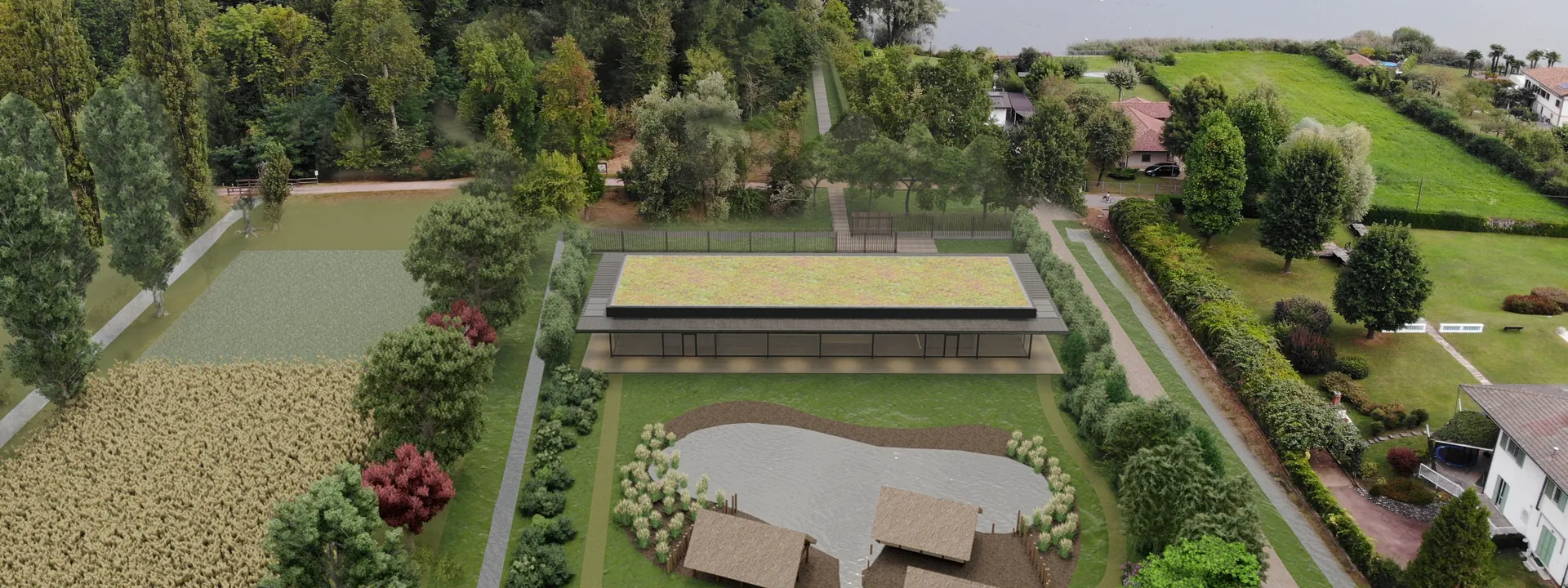I 13 siti palafitticoli del Varesotto

SITI UNESCO
1 Isolino Virginia
5 Palafitta di Bodio Centrale
11 Palafitta del Sabbione
SITI ASSOCIATI
3. Palafitta Ponti
4. Palafitta Desor Maresco
6 Palafitta Gaggio Keller
SITI ARCHEOLOGICI
2 Palude Brabbia - 7 Palafitta Ranchet - 8 Palafitta Stoppani 9 Torbiera di Biandronno - 10 Palafitta dell’Occhio 12 Palafitta di Pozzolo - 13 Palafitta delle Pioppette
Nineteen of these are in Italy, of which 10 are in Lombardy and, of those, 3 are in the province of Varese: the Virginia islet, the Bodio Centrale (or “delle Monete”) pile dwelling and the Sabbione di Cadrezzate pile dwelling. Along with the sites on the list, UNESCO has also recognised a series of “associate sites”, archaeological complexes of notable cultural relevance that, at the time of creating the list in 2011, did not satisfy the full requirements for inclusion. On Lake Varese the “associate sites” are Gaggio Keller, the Desor (or Maresco) pile dwelling and the Ponti (or Cazzago di Cazzago Brabbia) pile dwelling.
Piles through time


The lake Varese pile dwellings
Dopo l’ultima glaciazione, il territorio varesino subì una graduale evoluzione fino all’instaurarsi di un periodo climatico ottimale che permise,
nel corso del VI millennio a.C., lo stanziamento delle prime piccole comunità lungo le sponde del lago di Varese. Durante il Neolitico Medio e Recente e l’Età del Rame,
la popolazione aumentò, occupando anche le aree di Bodio, Bardello, Biandronno, Gavirate e Cazzago Brabbia. Tra il Bronzo Antico e il Bronzo Medio (1800-1500 a.C. circa)
abbiamo il periodo di massimo sviluppo, caratterizzato da una prima forma di organizzazione dei villaggi
Tra i vari villaggi esisteva una fitta rete commerciale e un continuo scambio di merci e tecnologie.
Il commercio era attivo lungo le vie lacustri e fluviali con tutta l’area subalpina.
Tra il XIV e il XIII secolo a.C. si osserva un graduale e, per ora, poco documentato abbandono delle aree palafitticole; verso la fine del Bronzo Recente
i villaggi furono abbandonati e dimenticati.

Il Museo Palafitticolo di Bodio Lomnago
Nel sarà inaugurato a Bodio Lomnago, sulle sponde del Lago di Varese, il Museo Palafitticolo contenente importanti
reperti archeologici rinvenuti nei fondali del lago, e una ricostruzione di una capanna palafitticola. Il Museo sarà visitabile
e conterrà una sala immersiva dove verranno riprodotte inedite riprese dei siti palafitticoli presenti sui fondali dei laghi del varesotto.
SCOPRI IL MUSEO →
